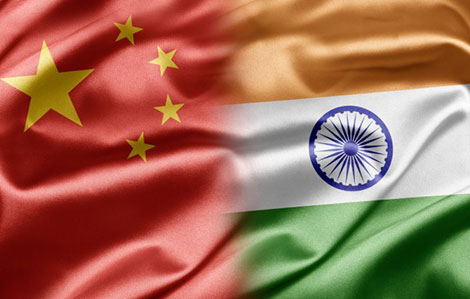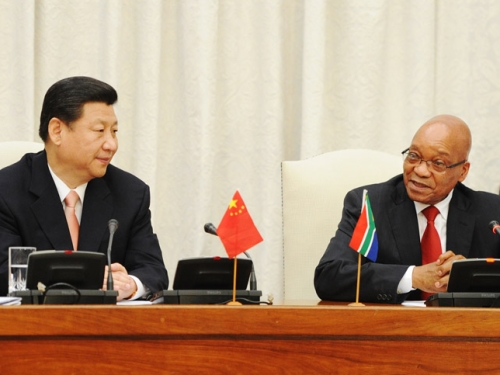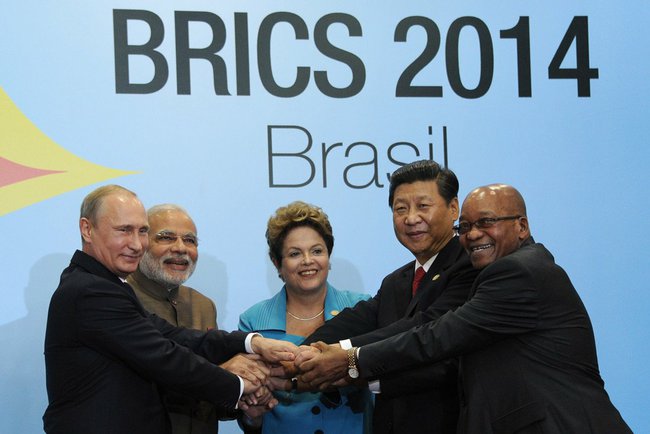
This article was originally published by YaleGlobal Online on 14 September 2017.
India deftly used the BRICS summit to end the standoff with China in Bhutan, but challenges remain for bilateral relations
One week can be a long time in inter-state relations. In a week’s time, India and China had kissed and made up after their armies stood eyeball to eyeball at the Doklam Plateau for more than two months. The trouble at the India-Bhutan-China tri-junction started June 16, when Indian soldiers detected construction activity on what is considered disputed territory on the Doklam Plateau. Chinese workers seemed to be building a road that would have allowed China to project power further into the territory claimed by Bhutan, thereby giving Beijing an ability to cut India’s northeast from the mainland.
India’s response was immediate. The government sent troops into Bhutan to halt the roadbuilding, demanding restoration of status quo ante. As the Indian external affairs minister explained in the Indian Parliament: “Our [Indian] concerns emanate from Chinese action on the ground which have implications for the determination of the tri-junction boundary point between India, China and Bhutan and the alignment of India-China boundary in the Sikkim sector.” Sushma Swaraj added that “dialogue is the only way out of the Doklam standoff…and this should be seen in the context of the entire bilateral relationship.”



